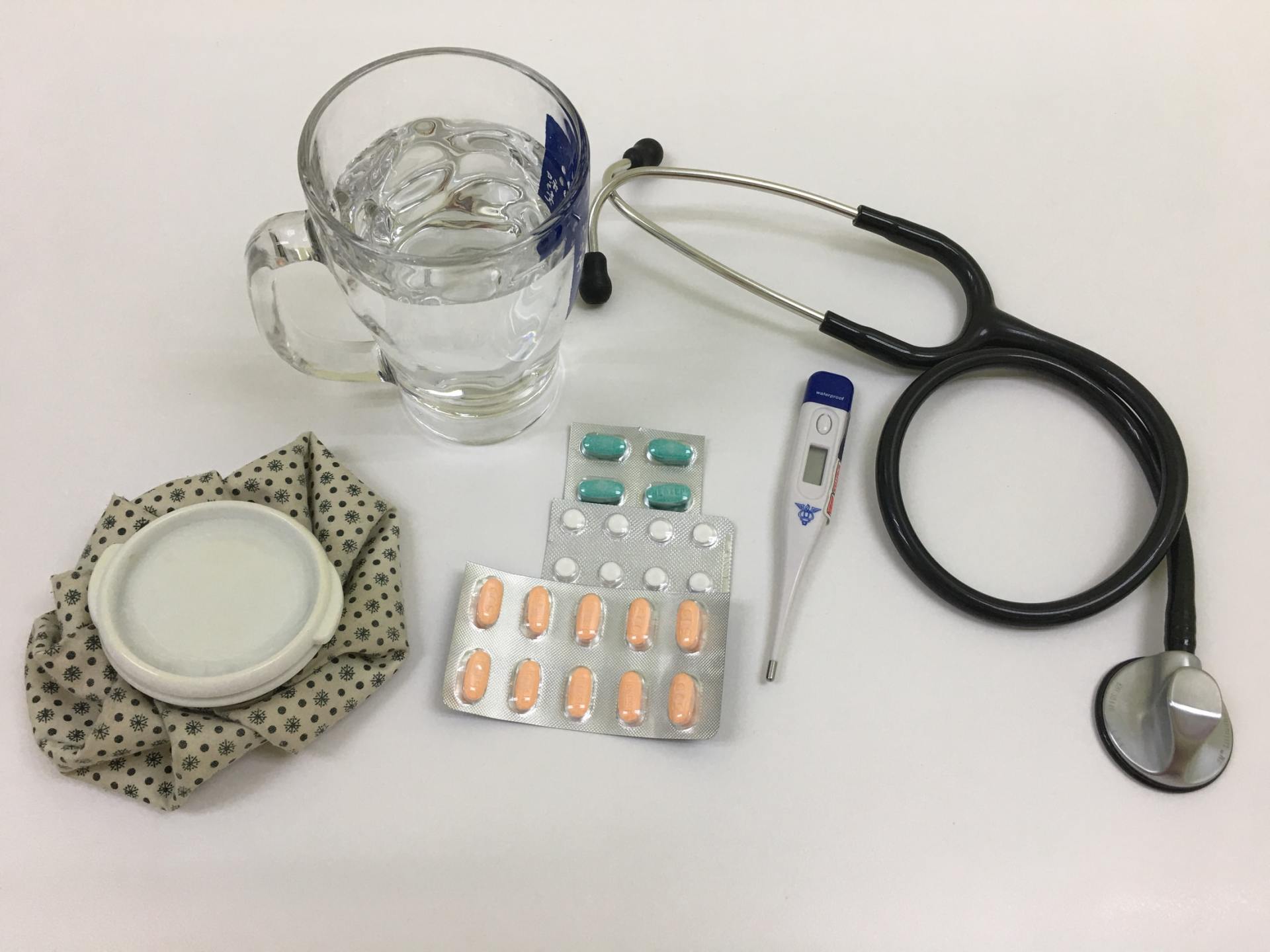With Boy George bringing EFT into the spotlight prompting Sean Walsh and Jill Scott to start tapping in the jungle, many more people are asking; ‘What is tapping and what is it all about?’

What is EFT Tapping?
Emotional Freedom Techniques (EFT) is a powerful modality that combines the somatic and cognitive together. A true mind-body approach. Clinical EFT has been applied in psychological and medical environments for over 20 years and has been validated as an evidence-based practice by the American Psychological Association (APA). This means that you’re likely to be reading and hearing even more about it as it becomes more mainstream, so why leave it to the celebrities when you can join in and tap into this technique now!
EFT is often referred to as ‘tapping’ due to its application; using 2 or more fingers to stimulate acupressure points on the face and upper body whilst repeating statements related to the issue that you’re working on. It has 3 essential ingredients; exposure, cognitive framing and acupressure.
Research has found EFT treatment to be effective for anxiety, stress, depression, PTSD (posttraumatic stress disorder), phobias, cravings, pain, insomnia and autoimmune conditions as well as professional and sports performance. It has the ability to deregulate (switch off) up to 6 genes in the body that are responsible for stress symptoms and syndromes, lower the stress hormone cortisol levels and positively impacts brain activity and other biological effects.
The growing research base also shows that not only is it a safe treatment, it produces results quicker and more effectively than traditional talking therapy. You can work with an accredited, certified EFT Practitioner or use it as a self-applied stress reduction technique, it is easy to learn and simple to apply.
How do you do EFT?
Although there are many variations of tapping which are still effective, let’s look at clinical EFT for this example.
Before you begin you may want to rate the feelings or issue that you’re having on a scale from 0-10. 0 = no distress and 10= the highest level of distress. This is called the SUD rating (Subjective Units of Distress).
Initially we start with a ‘Set-up Statement’ tapping on the side of the hand by the little finger. This is an acknowledgement of the problem and/or feelings we are having and an acceptance of it, for example “Even though I am feeling anxious, I deeply and completely accept myself”.
Then we would move into the rest of the process and repeat a ‘Reminder Phrase’ whilst tapping through each point: start of the eyebrow, side of the eye, under the eye, under the nose, under the lip on the chin crease, an inch under the collarbone, under the arm (about 4 fingers down from the armpit), and top of the head. The reminder phrase might be something like, ‘this anxiety’ or ‘I’m feeling anxious’. We would call this ‘a round’.
Once you get to the top of the head, take a deep breath in and out and then rate the feeling or issue using the SUD scale again. If your number is still high, you repeat the round (starting at the eyebrow point and ending at the top of the head). It’s recommended that you repeat the process as many times as you need until your SUD rating is 0.
There are many other ways that you can apply EFT;
Choosing particular points that feel good for you and focusing on them, e.g. only tapping across the collarbone.
Using affirmation statements whilst tapping - These are great to create a more positive mindset; tapping through the points saying phrases like “I am calm”, “I am successful”, “I am safe”.
If you are someone who gets anxious or stressed in public you could also use discreet tapping and tap on the finger points that are located at the inside of your finger by your nail – great if you’re in a public space or want to refocus in the office.
You could also add tapping into your daily gratitude practice, or even into your morning walk!
If you’d like to know more about EFT, have any questions or are looking to tap with a practitioner feel free to get in touch with me. You can follow me on TikTok, YouTube or join in with my live tap-a-longs on Instagram!
@wearemindbody
References:
https://www.ncbi.nlm.nih.gov/pmc/articles/PMC6316206/
Read more of this article over on Bloss





